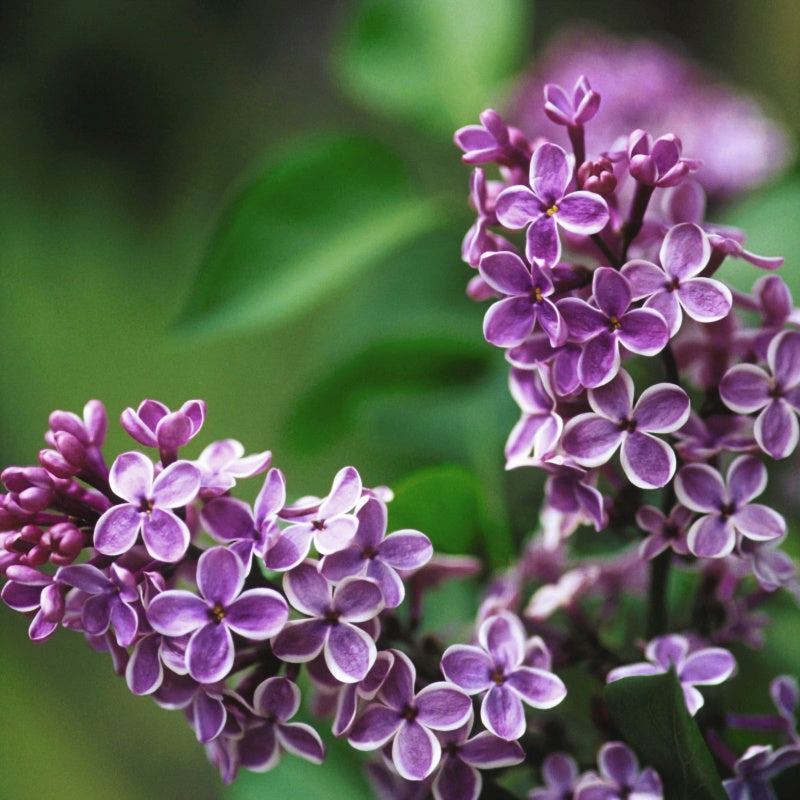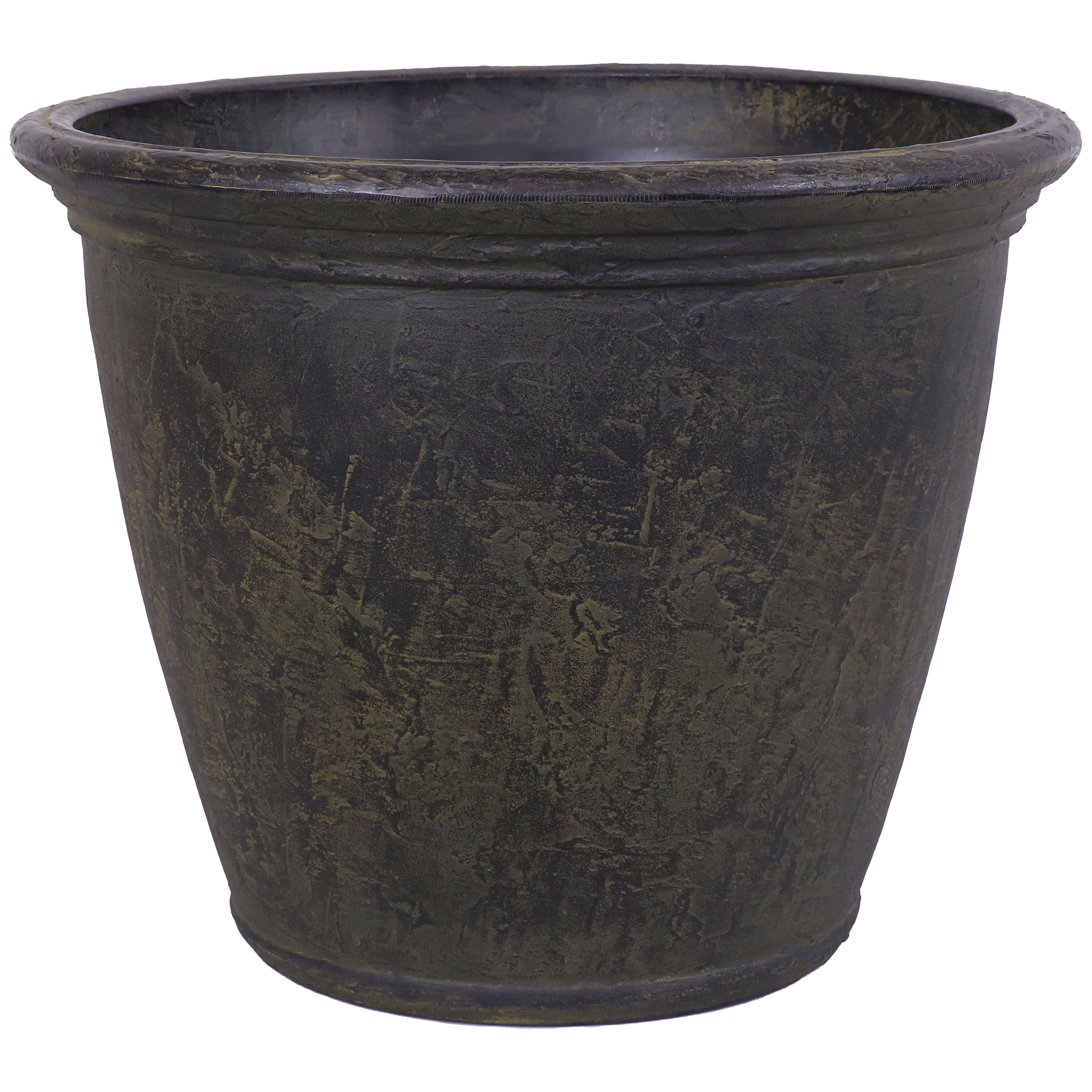Best fragrant privacy plants – 5 scented perennials and shrubs to transform your yard into a perfumed sanctuary
These fragrant privacy plants will add scent and seclusion to any space


I’m always drawn to the idea of creating sanctuaries in gardens. Secluded retreats, where you can escape for five minutes with a book and a coffee. Privacy matters in gardens, whether you’ve got a sprawling plot or a tiny balcony. And, the good news? Privacy screens and boundaries don’t have to be dull or boring.
So often, people throw up a fence or a row of evergreen shrubs, tick the privacy box, and move on. But these are not the only options. There is an opportunity here to incorporate some of the best fragrant privacy plants that not only incorporate seclusion but also add a sensory dimension, too.
I’ve worked in gardens large and small, and I can promise you that planting for privacy doesn’t mean sacrificing beauty. Here are five of my favorite screening and fragrant hedge plants to transform your outdoor space this year.
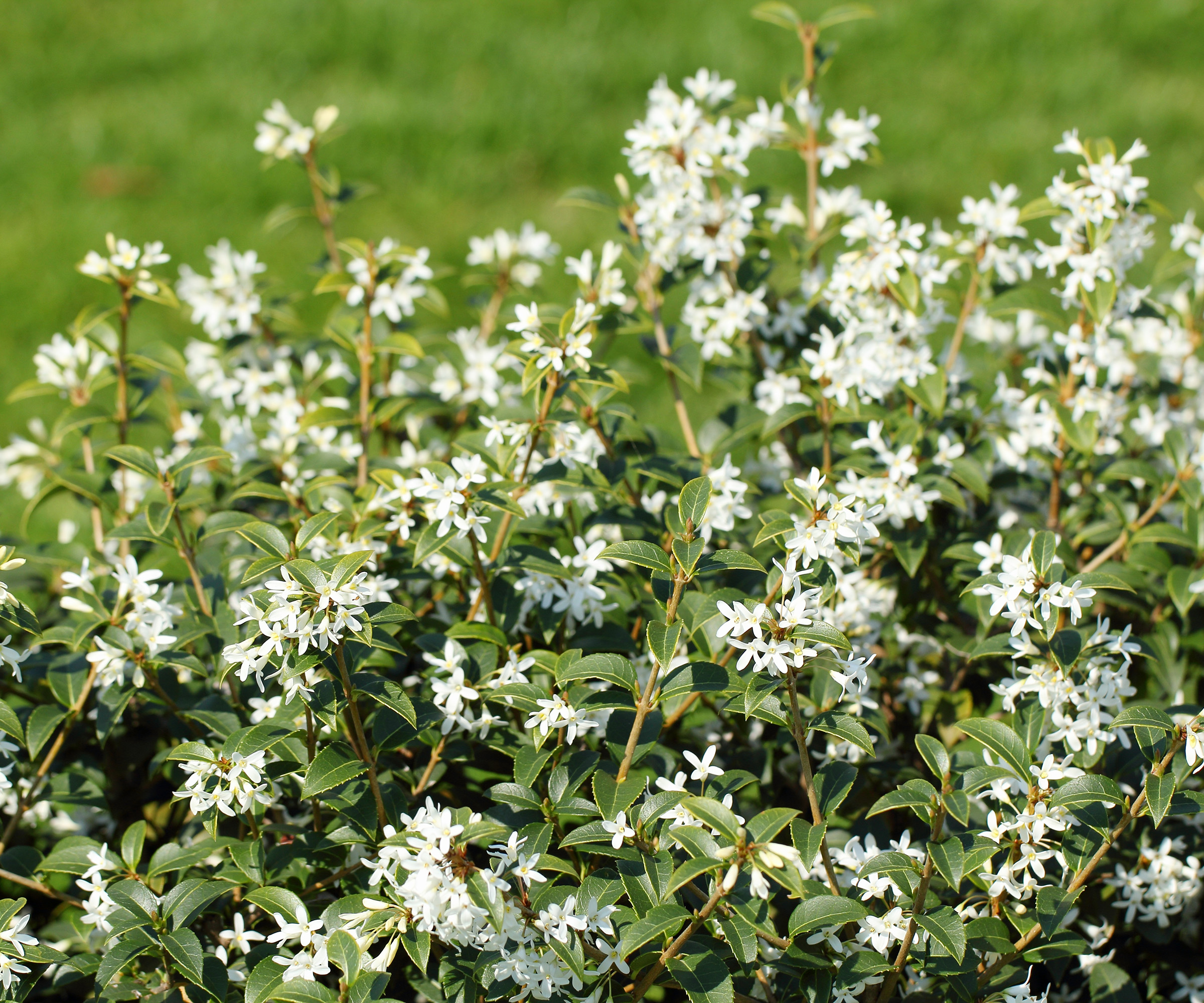
5 best fragrant privacy plants
Regardless of where you live and your US hardiness zone, there will be many fragrant privacy plants to choose from. Whether you are looking for scented flowering hedges or perfumed perennials, there are many options that can help with your garden privacy ideas.
Just be sure to choose species that work well for your yard, in terms of soil, light and climate.
1. Buttonbush
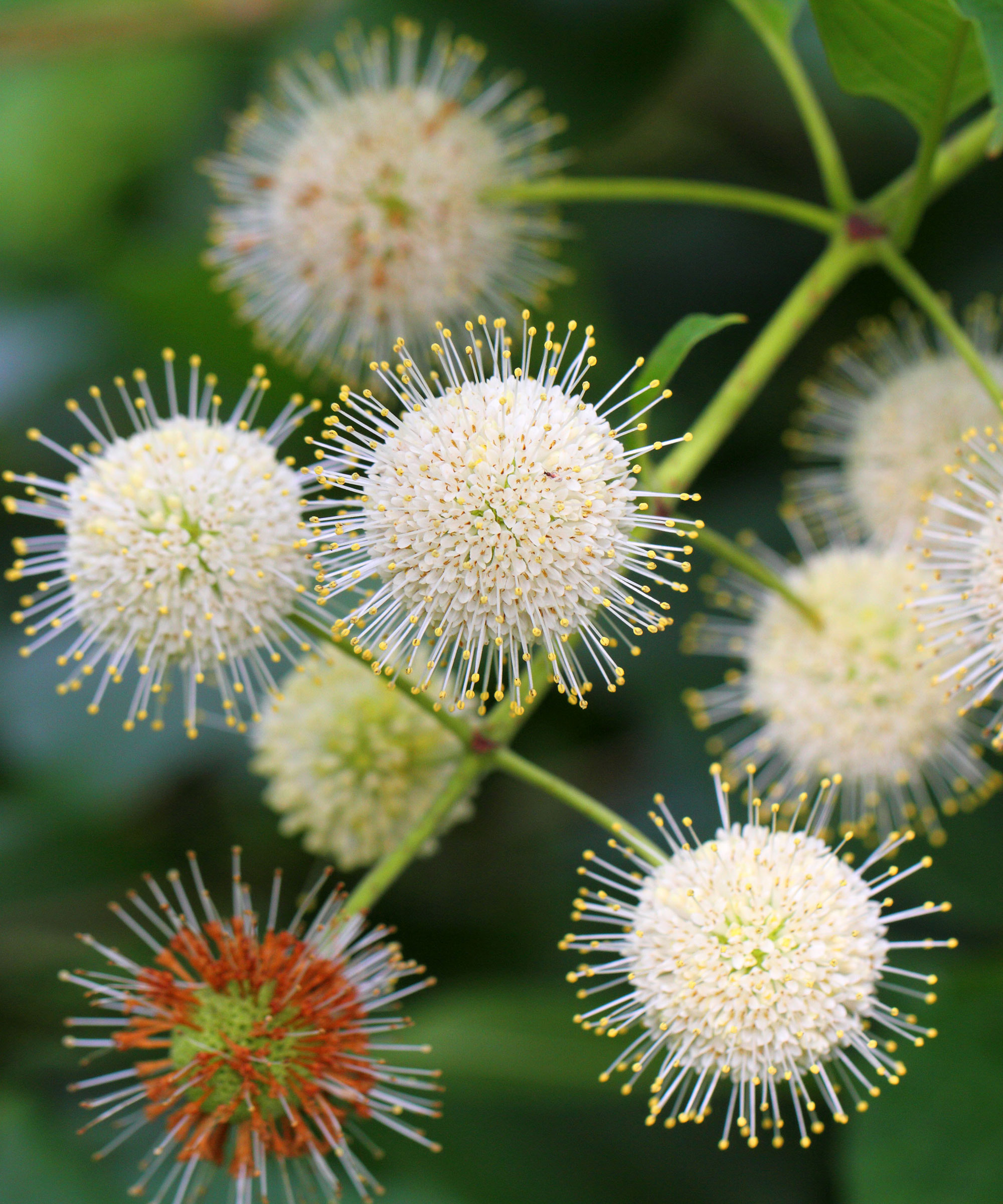
Buttonbush, Cephalanthus occidentalis, is an unusual, and I think, underused native plant. Native to North America and thriving in US hardiness zones 5 to 9, this plant is known for its spherical, white, pom-pom-like flowers that smell softly sweet and attract bees, butterflies, and even hummingbirds.
'Buttonbush is one of the best fragrant privacy plants that thrives in challenging areas of the yard,' says Tabar Gifford, plant expert and American Meadows master gardener.
Design expertise in your inbox – from inspiring decorating ideas and beautiful celebrity homes to practical gardening advice and shopping round-ups.
'It can reach up to 10 feet tall and wide, but can be pruned to keep it to a manageable size,' Tabar says.
'It is really adaptable, and can thrive in damp to wet soil in partially shaded conditions. Plant two or three together to form a neat, dense, perfumed privacy hedge.'
Live buttonbush shrubs are available from Amazon.

Tabar is the Customer Experience and Partnership Cultivator at American Meadows and High Country Gardens. Tabar is also a Master Gardener and dedicated “plant geek,” who has a lifelong love for gardening and nature and a background in environmental studies. She gardens in zone 4 in Vermont.
2. Osmanthus

I have grown osmanthus in a handful of gardens where I have worked as a professional gardener.
In Tuscany, for example, we grew Osmanthus × burkwoodii in compact, multi-stem form. With toothed evergreen leaves and fragrant, jasmine-scented white flowers, I cannot recommend this species enough.
While it will vary from species to species, most osmanthus grow best from US hardiness zone 7 to zone 10, with a preference for part shade in warmer situations, or full sun in cooler climates.
Osmanthus is best thought of as a small evergreen shrub or tree, but you can grow two or three closely together to form a neat hedge or screen that will smell wonderful come summer.
For an unusual orange-flowered variety, seen in the image above, try growing the sweet osmanthus, or Osmanthus fragrans, with live starter plants available to order from Walmart.
3. Lilac

In terms of how to grow lilac, these scented shrubs couldn't be simpler. If you are looking for low-maintenance shrubs, I do not think you will find much better than lilacs.
They are perfect for cooler, northern yards, such as those gardening in Illinois, New York or Washington, and can be grown down to zone 3, thriving in sunny spots.
In my experience, they are not fussy when it comes to soil, so long as they are not sitting in waterlogged ground.
You can grow them in borders, spacing three feet apart to form a privacy screen, or why not learn how to grow lilac in pots if you have a patio or balcony that is overlooked?
You can find live lilac plants, including the easy-to-grow common lilac, Syringa vulgaris, available to order from Nature Hills.
4. Verbena

While not traditional hedging plants, verbenas are tall perennial flowers that can help to screen patios or seating areas in sunny yards.
In my experience, verbenas are some of the longest-flowering plants, and will bloom for much of the summer through to fall, lasting until the first frost.
One species I have grown on many occasions is Verbena bonariensis, popular for its pollinator-friendly flowers that can grow upwards of six feet.
'Verbenas are practical perennials wherever they are grown,' says Ali McEnhill, plant expert and owner of the Old Dairy Nursery in the Hudson Valley.
'For a native option, try growing Verbena hastata, otherwise called blue vervain,' Ali continues.
'Thriving in colder regions down to zone 5, this species will tolerate fluctuating weather and can help to screen patios, terraces and seating areas in summer.'
Live verbena starter plants, including the native Verbena hastata, can be ordered via Walmart.

Ali is a self confessed plant geek, gardener, and propagator, owning and operating a plant nursery on an old dairy farm in New York's beautiful Hudson Valley. Ali focuses on growing hardy perennials, trees, and shrubs that thrive outdoors in the cold climate.
5. Summersweet
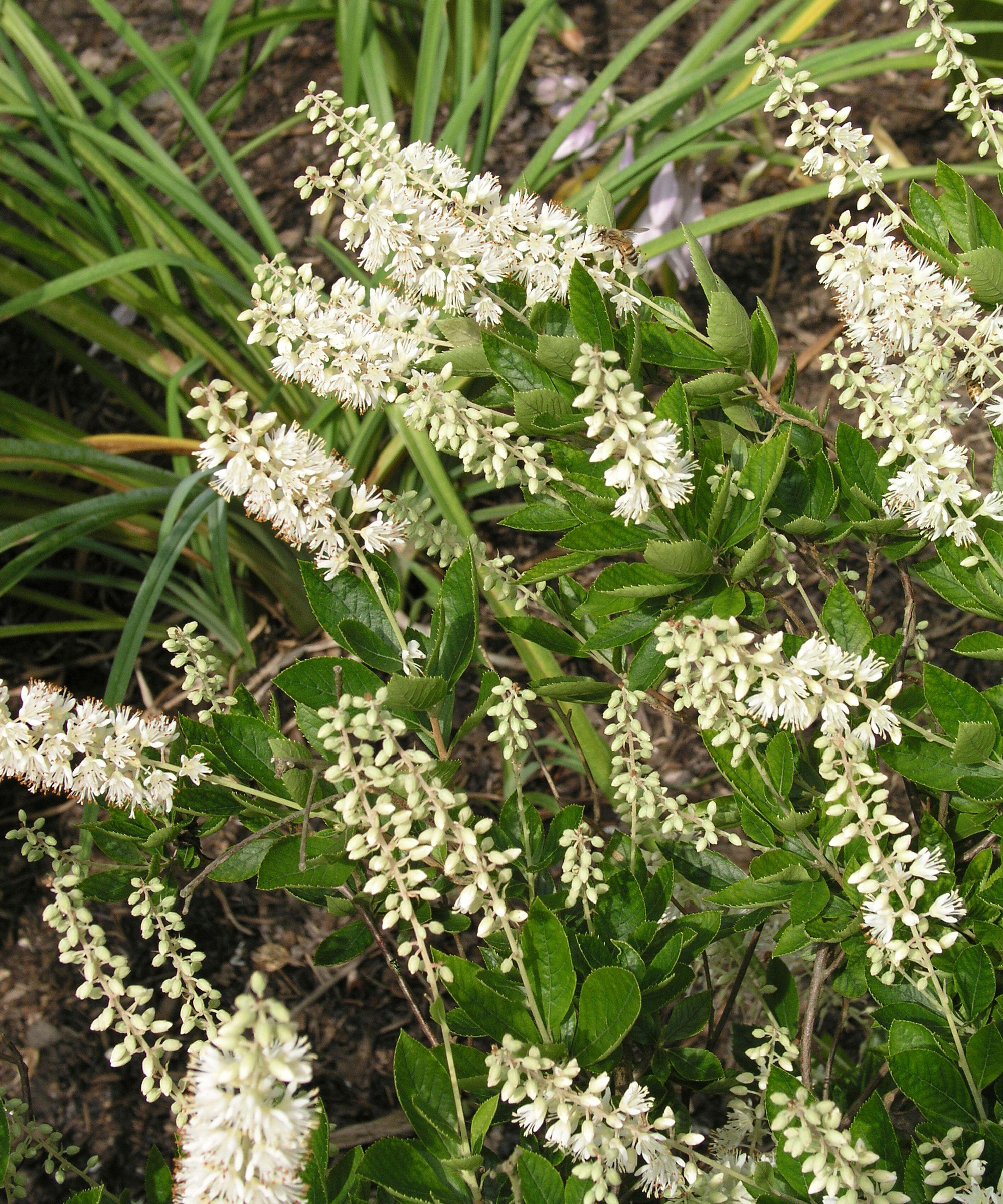
Summersweet, or Clethra alnifolia, is another scented shrub that thrives on neglect.
This easy-to-grow species is ideal for forming a four to six-foot privacy screen, so if you are landscaping with hedges this year, why not think outside of the box and try this shrub instead.
'Native to the U.S., summersweet is one tough shrub,' Tabar continues. 'They are hardy down to zone 3, tolerating freezing winters only to produce masses of scented white blooms come spring.
'They can be vigorous,' Tabar says, 'producing shoots and suckers during spring and summer, but I find these can be easily trimmed to maintain a dense privacy hedge.'
Live summersweet plants are available from Amazon.
FAQs
What is a good fragrant evergreen to plant for privacy?
For one of the best evergreen shrubs, try planting Pittosporum tenuifolium. I have used this evergreen many times, and not only does it have attractive foliage for year-round interest and screening, but during spring it will produce fragrant, tiny flowers, too. This shrub is hardy down to zone 8 and can be grown in sun or shade. They can also be grown in pots, if you reside in a rental unit or have a balcony.
Pittosporum shrubs are available to buy online at Amazon.
Planting shrubs and perennials in dense groups is not only good for creating a sense of privacy and seclusion in backyards, but it can also help to block out loud noises and sounds.
So, if you live in a high-traffic neighborhood, consider using dense yew hedging interspersed with fragrant deciduous shrubs like lilac or mock orange, for a practical and beautiful yard this year.
For more information, see our guide on how to soundproof a garden.
Shop garden accessories

Thomas is a Content Editor within the Gardens Team at Homes and Gardens. He has worked as a professional gardener for both public spaces and private estates, specializing in productive gardening, growing food and flowers. Trained in Horticulture at the Garden Museum, he has written on gardening and garden history for various publications, including The English Garden, Gardens Illustrated, Hortus, The London Gardener and Bloom. He has co-authored a Lonely Planet travel book, The Tree Atlas, due out in 2024.
You must confirm your public display name before commenting
Please logout and then login again, you will then be prompted to enter your display name.

